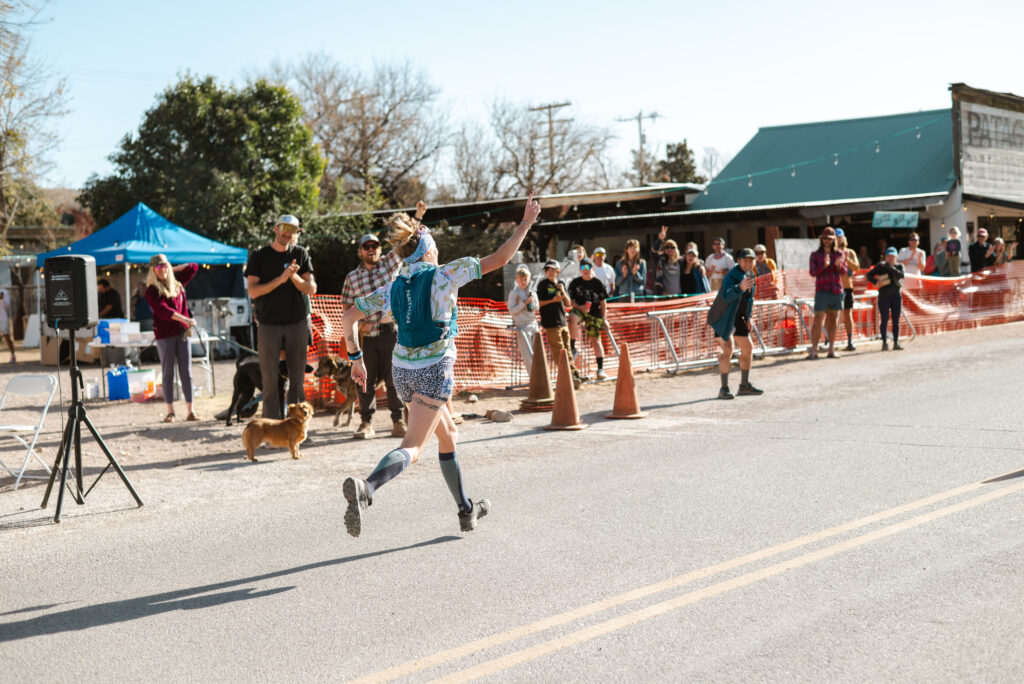There are a few cornerstone decisions that every event director will face when planning an event. One of the most important is choosing the date. If you’ve been running your event for multiple years, you probably have a pretty good idea about where it falls in the overall calendar. But things can change. New events may come in and take your first choice. Or perhaps you’re getting things going for a brand new event, and you’re starting from scratch.
Like everything that goes into the planning and execution of an event, choosing a date that works well for your audience, doesn’t crowd a similar event, and falls at a convenient time for you and your race staff, takes some research (and patience). Luckily, there are plenty of resources at your disposal, and we’re here to help guide your process.
1. First Things First
The first thing you want to think about is how much time you’re going to need for planning. If this is your first time directing, talk to some seasoned event directors, get in touch with your local representative at USA Cycling, or call the team here at BikeReg for advice on how to get started. There’s a lot more to do that you might expect, including building your race staff and getting the word out. These things take time, so choose a date that is far enough out to accomodate all that needs to happen.
2. What and Where
The next step on the path is to look at all of the requirements and known quantities that come with your event type. We know that cyclocross is a fall and winter sport, so you’re looking at a time frame that begins at the end of August and goes through December. A gravel race or ride has a bit more flexibility, as they can be held in the spring, summer, or fall, all across the country.
Every geographic region comes with its own benefits and limitations. If you’re planning an event in Texas in July, you’ll need to plan for serious heat. And if you’re looking at New England or the Midwest in December, you’ll likely have to account for some snow and ice.
You get the idea. What kind of event are you planning? Where in the country will it be held? And how do those factors limit the possible dates? Once you’ve nailed all of this down, it’s time to check the existing calendars to see where your event might fit in.
3. Check the Calendars
BikeReg and your USA Cycling Local Association are two great places to start your search. On the BikeReg platform, you can go to BikeReg.com/events to search the event calendar by region and type of event. This will give you an idea about what’s already on the calendar in the same realm.
On the USA Cycling website, go to USACyling.org/events to search by event type and state. On both sites, you can include a search radius to narrow down the events that are closest to you.
Is your event more niche? There are calendars for that! If you’re putting on a gravel event, you can find a comprehensive list on their site, at gravelcyclist.com/calendar/. For gran fondos, you can visit http://www.granfondoguide.com/. And there’s more where these came from. Before you get too far down the date selection rabbit hole, make sure you’ve done your research.
4. What’s the Competition Up To?
Look at similar events and try to choose a date where there isn’t a lot of competition. This is a great time to talk to other event directors, ask questions, and try to coordinate with existing events whenever possible. There are a lot of directors with years of experience planning events, and many are happy to offer advice to someone just getting started. It’s great to communicate, cooperate, and coordinate when you can.
5. Know Your Audience
Always think about the annual calendar as it pertains to vacations and travel for your desired participants. Running an event in the summer can be great, if you get in at the right time and everyone is in town. Summer can also be a successful time period if you’re located in a popular tourist destination, and vacationers come to you. However, the flip side is that vacations and travel can hurt your turnout, if a lot of people are away when your event comes around.
You can’t please and accommodate everyone. But you can pick a date that makes the most sense for the most people. Knowing what your audience has going on throughout the year will help you choose a successful date.
Do Your Best
The key is to do your best with the tools you have at your disposal, with the goal of finding a date that will work for your audience and in harmony with other events and event directors. And in the end, you’ll have to pick the best available option, which won’t always be perfect.
The takeaway is this:
Talk to other event directors and promoters. Do your best to avoid conflicts. Work to cross promote or coordinate with other events whenever possible. Use all of your resources, event calendars, and the historical knowledge of seasoned directors. And then, pick the best date possible.
We’re Here to Help
As always, the support team at BikeReg is here to help. If you’re starting to think about an event or have something in mind that you’d like to discuss, please reach out. We can help you figure out where and when your event could fit into the schedule to be most beneficial.
If you’re an event director and have questions about event promotion or feedback on how to improve our support, please call us at 888.956.9560 or email support@athletereg.com.

